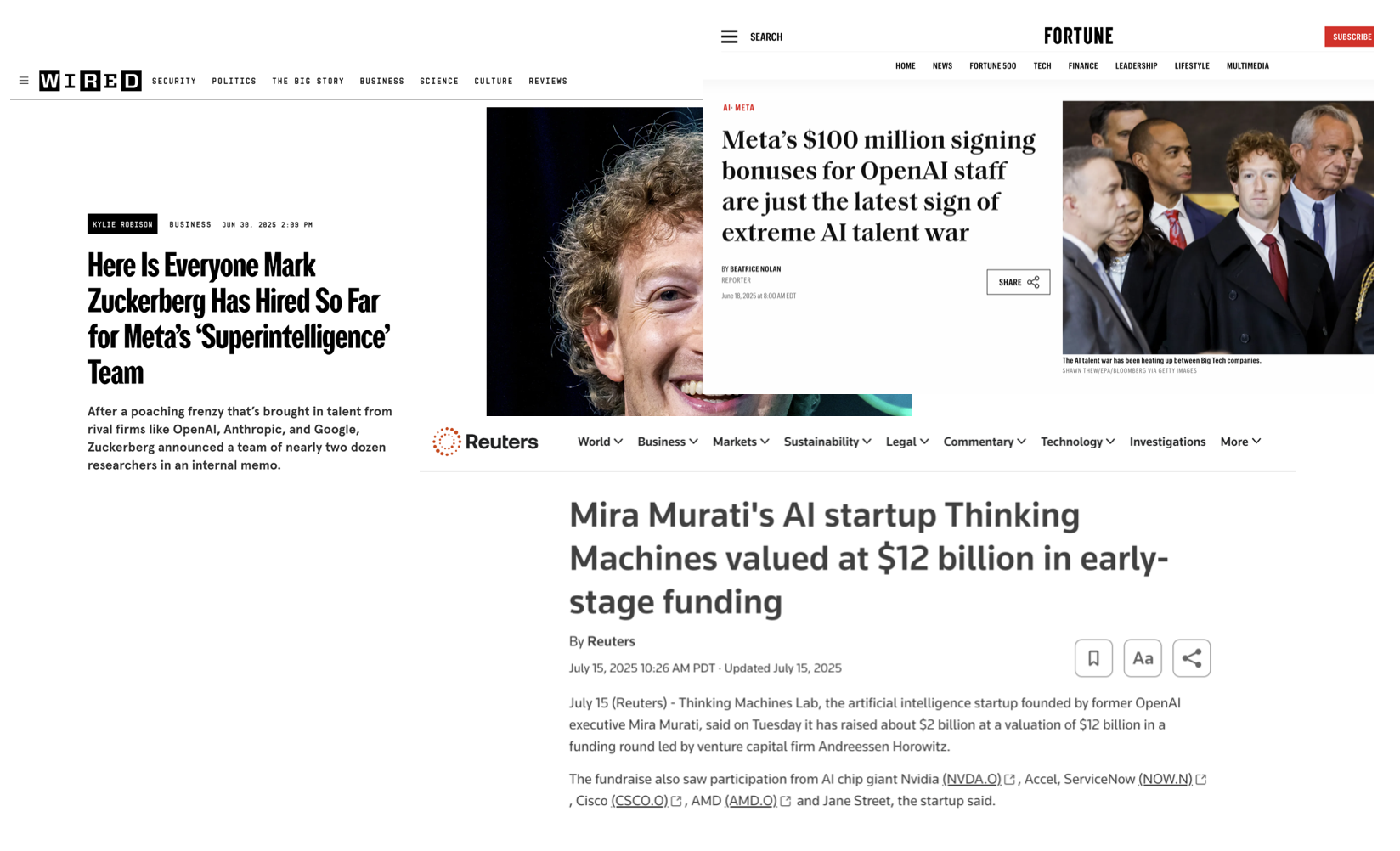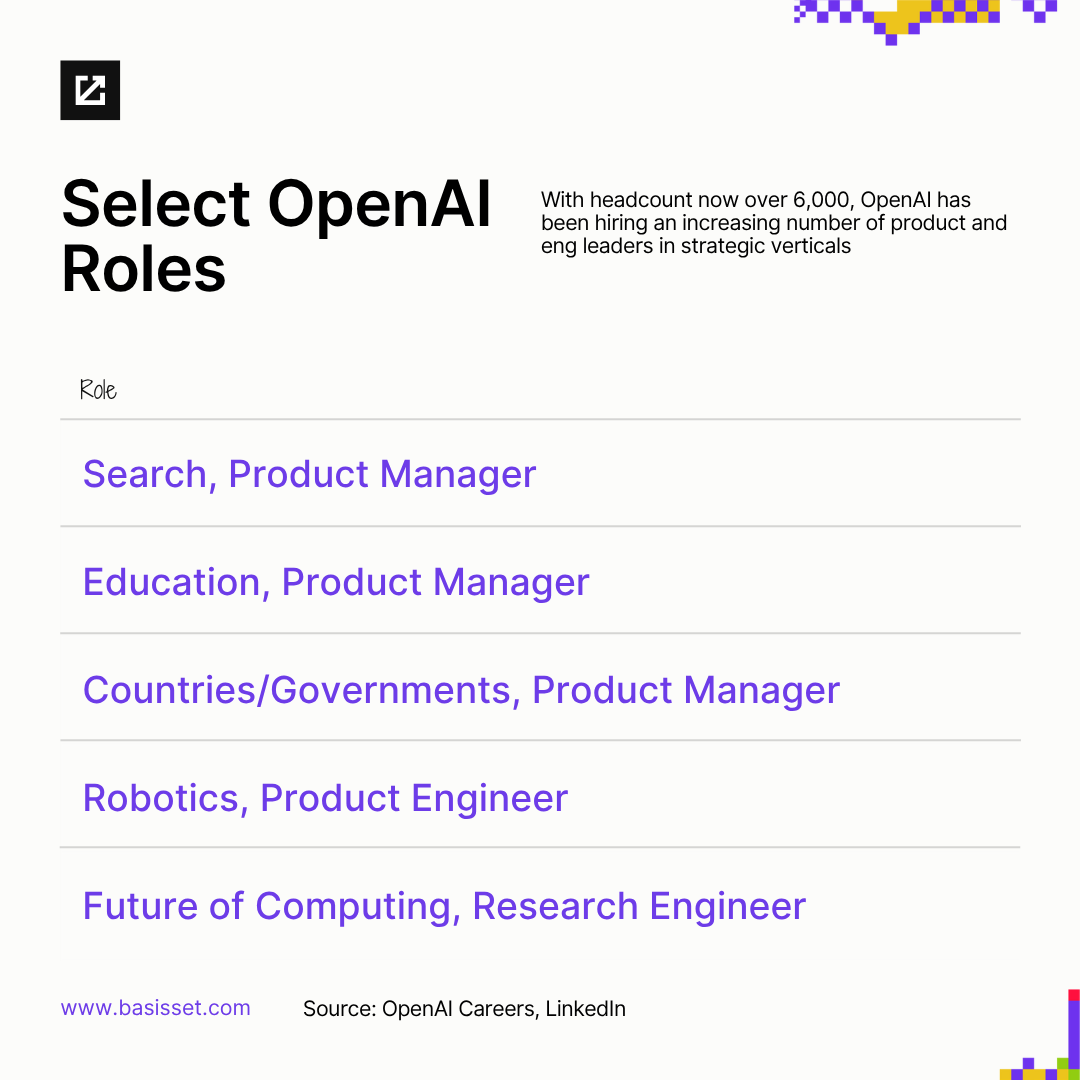You Don't Need to be First

August 1 2025
By: John Mannes
The current wave of AI products is loud and fast-moving. From Harvey to Abridge and Cursor — every niche, from legal and education to finance and sales, has become saturated with startups and appears spoken for. It can look like the transition from “AI as infra” to “AI as product” has already happened.
But it's not too late, it's early and most should not be concerned with being first.
A Prototype Era Masquerading as a Product Era

There are a million AI tools out there and some are working businesses, but we’re mostly building with mud. The core infrastructure for truly AI-native product experiences doesn’t exist yet. Here are a few things that come to mind:
- We have a usable LLM stack, but multi-modal infrastructure is still immature.
- We’re unlocking the power of memory with tools like Mem0, but enterprises are early in embracing memory as a strategic advantage.
- Agents are mind-blowing, but implementation remains brittle, awkward and slow.
- We lack efficient ways to handle video, spatial data or continuous context over time.
- Legacy human infrastructure still bottlenecks intelligence.
- There’s no consensus on pricing models or the core interfaces of emerging systems.
The first generation of AI products will produce winners, but none should feel secure. Every market is vulnerable and no crown is safe.
The initial ChatGPT moment already appears small in the shadow of recent gains in reasoning and agents. Even those with the strongest of leads run the risk of being lapped in this highly non-linear market.
Reflecting on Web 1.0, many early companies were building platforms and storefronts on top of infrastructure that didn’t exist yet. Some survived long enough to matter, but many did not. It took 20 years (and counting) for the vision to be fully realized.
The teams best positioned to win in this prototyping era are prototype-native. They’re constantly experimenting, never comfortable with their progress. They also recognize that a big piece of the puzzle is surviving the prototype era long enough to compete in the product era.
Hidden Signal Under $100M Headlines

Progress at the infrastructure layer will continue to expand what’s possible higher in the stack. And there’s a ton of work to do, recent headlines are not surprising!
- The formation of elite research teams (e.g. Facebook’s Superintelligence group)
- Ballooning compensation packages for top model talent ($100M+)
- High-profile, technically ambitious spinouts like SSI and Thinking Machines
But while the headlines have been dominated by the competition for AI researchers, behind the scenes, non-researchers are playing an increasingly significant role.
There has been an explosion in the overall headcount at top AI companies like OpenAI (now over 6,000 employees), increasingly made up of non-researchers who are shaping the future of AI experiences.
- OpenAI has hired PMs to focus on everything from its core search experience to education products. Job openings are posted for similar roles across products for government, finance and a growing suite of agentic tools.
- The velocity of opinionated tools like Study Mode and Agent has increased, alongside critical upcoming infrastructure improvements like GPT-5.
- These products iterate on interface and distribution, not just scale -- from how PII logins will be managed by agents to the needs of unique customer segments.

Much of this talent — mentored by some of the industry’s most seasoned software leaders — has only recently joined large AI companies, many within the last two years.
Until recently, the pool of people with experience inside top-tier AI product and research organizations was incredibly small, limited mostly to the original cohort of researchers and founders from the early days of transformer breakthroughs.
It’s little surprise that these same demographics are reflected amongst the alumni founders originating from OpenAI and beyond.
There are 6,000+ reasons why this is changing and why it will mean more, not less, competition among startups. From interns to product pods, the next generation will bring experiences from the fastest growing product companies in the world.
The Greatest Endurance Race in the World
Founders from Instagram, Pinterest, Quip, Color, Flatiron, Gusto, Benchling, Retool and beyond emerged from the shadow of Google — in many cases, years after its initial infra breakthroughs. The same thing is happening now in AI.
Many categories today that appear saturated, appear so because the foundational infrastructure is still unresolved. We're fighting against similar primitives and often converging outputs.
But the renaissance is only beginning. The infrastructure is rapidly evolving and the people learning how to ship through this evolution are the ones to watch in this great race.